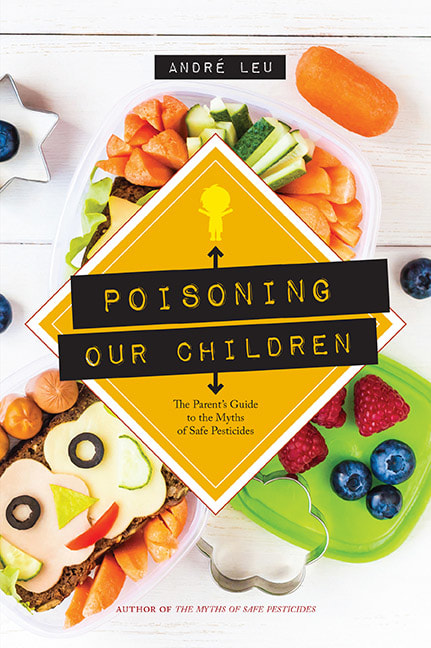How did Murray Goulburn, once Australia’s biggest milk processor and a successful dairy cooperative since 1950, end up sold to its international competitor, Canadian dairy giant Saputo? In this multi-part series, Elena Garcia provides some answers.
After nearly 70 years as a cooperative that was wholly owned by the
farmers who supply the milk, on April 5 Victorian dairy farmers voted to
sell Murray Goulburn, once Australia’s biggest dairy processing
business, to foreign owners.
The $1.31 billion deal, unanimously supported by the Murray Goulburn
board, includes the cooperative’s operating assets and liabilities,
including the 10-year contract to supply Coles with $1 a litre milk.
Saputo officially took over Murray Goulburn on May 1.
After a campaign, begun by Murray Goulburn directors at the annual
general meeting on October 27, to present the sale as the only way to
protect the cooperative from the banks, nearly 96% of farmer
shareholders voted in favour of the takeover deal by Canadian dairy
giant Saputo.




